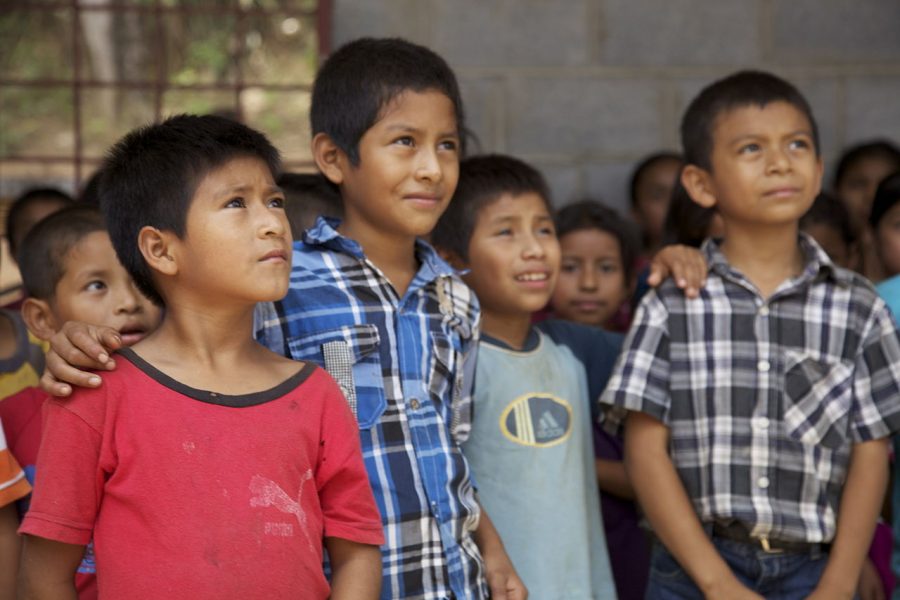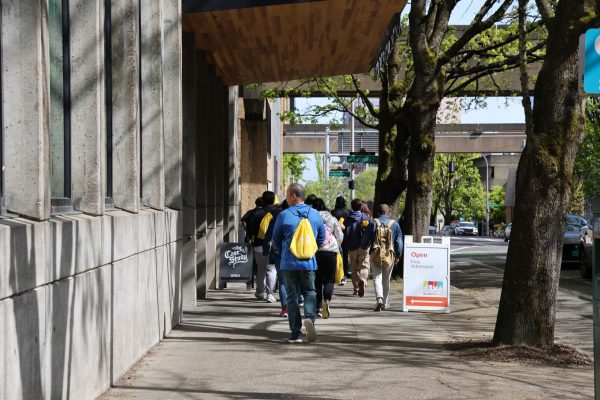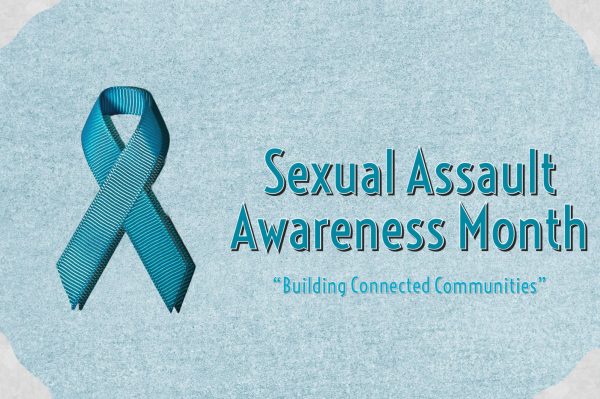The Failing System for Migrant Children in America
October 3, 2018
In the newest update on immigration, hundreds of undocumented children have been moved to a tent city in Tornillo, Texas due to an overflow of children in traditional shelters. The forced movement of these children represents the large faults in our current immigration situation, and illustrates a bleak view for the future.
According to the New York Times, the number of migrant children in shelters is nearly five times the amount that it was last year, up to 12,800 in September. In May of last year, there were only 2,700 children in custody.
Part of the reason for the higher numbers involves the new process for people wanting to become sponsors and house a detained child. Most of the time, those sponsoring migrant children, normally family or friends of the children, are undocumented immigrants themselves; the new process, put in place this June, involves potential sponsors and other involved adults undergoing a fingerprint scan and sharing their data with immigration agencies, which could lead to deportation.
People are being forced to choose between their own safety in the United States and the safety of children, related or not. And the damage being done by this is clear.
The longer children stay in detention, the more likely they are to have mental health issues. These children are more likely to have post-traumatic stress disorder, anxiety, depression, or attention-deficit disorder. This may be due to being separated from their parents, or from the conditions of shelters, which seem far closer to prisons.
In the Texas tents, the only guidelines are ones set by the Department of Health and Human Services. Children are not required to go to school, as they are in normal shelters; they are merely given workbooks, not required to do them. Along with this, most staff are not well-equipped to deal with the mental health of the children who arrive.
These children are often stuck in detainment for longer, in part due to the extended process as sponsors are stuck waiting for fingerprints to be reviewed and profiles to be processed. This adds some safety to the process; however, the longer children are detained, the more anxious they become.
Furthermore, the sponsorship program still has issues. According to the New York Times, the department has been unable to locate 1,488 out of 11,254 children that they had placed with sponsors in 2018. The government has, quite literally, lost 1,488 children.
This is a horrific oversight by the Department of Health and Human Services, the group in charge of taking care of the migrant children. These children could be anywhere; they could be being trafficked, abused, or forced to work, as these six children were after being in federal custody.
It is absolutely unacceptable for the department to write these lives off as “not being the department’s legal responsibility to find those children after they are released from the care of the Office of Refugee Resettlement,” as it has stated according to the Washington Post.
The current shelter program is unsustainable for several reasons. For one, it’s extremely costly to house a child in the tent city; it costs around $750 per child per day to house a child, almost three times the amount of the traditional shelters, which were nearly full. Despite this, the tent cities are far more barren than the shelters.
Another issue is that there is no real plan for overflow. Will there be more tent cities built? How will they enforce rules?
Most shelters are at almost 90 percent capacity, far too close to an overflow that could happen at any time. There isn’t a perfect fix for this situation, but our current process has a long way to go.
The first change is that undocumented immigrants should not be arrested for coming forward as sponsors. The priority needs to be children being safe; this isn’t a political issue. This revision would help with the overflow issue, and would allow more children to move back from the tent cities into normal shelters.
Another change that should be made is upgrading the mental health and education facilities that children have access to in shelters, which would help with the current epidemic of mental health problems in these kids.
Without changes, the number of children stuck in these situations will only grow. The government’s priority in this situation needs to be helping the children currently under their care and trying to find those currently missing, not advancing an agenda against those who want to help.
Creative Commons photo source: https://upload.wikimedia.org/wikipedia/commons/thumb/8/85/Beyond_The_Horizon_-_Guatemala_140508-A-BZ540-034.jpg/1280px-Beyond_The_Horizon_-_Guatemala_140508-A-BZ540-034.jpg















David • Oct 4, 2018 at 3:47 pm
Thank you for spreading this story around. It’s important for people to understand and be knowledgeable about the news
Mrs. Orr • Oct 4, 2018 at 7:13 am
Thank you for keeping this horrific story in front of us, many news outlets no longer cover this story.